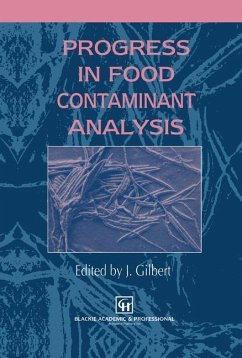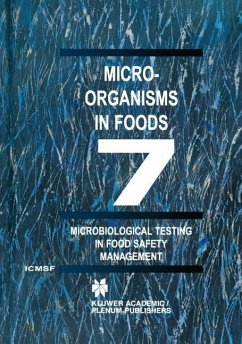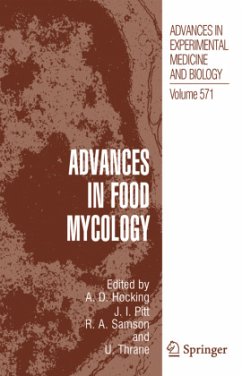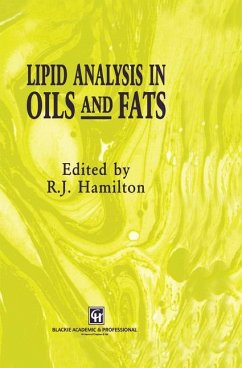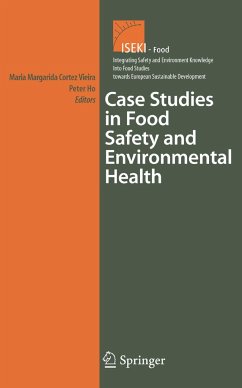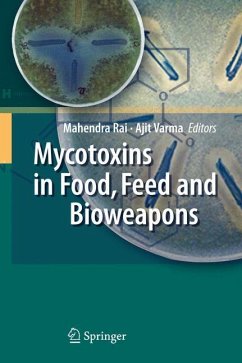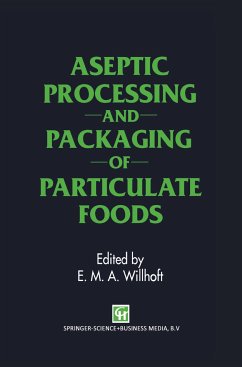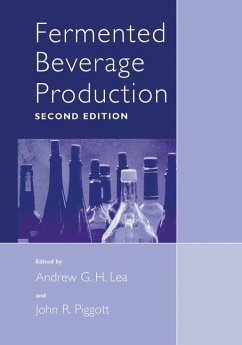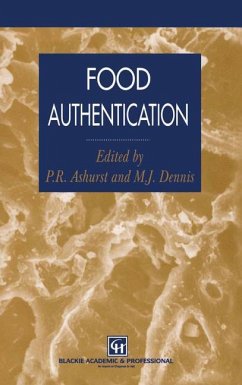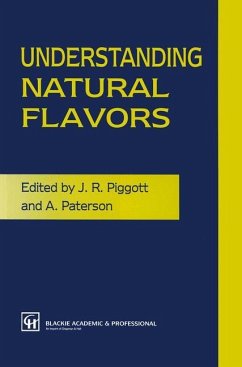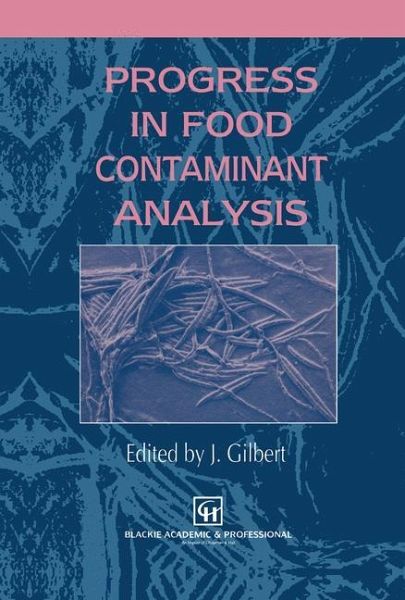
Progress in Food Contaminant Analysis
Versandkostenfrei!
Versandfertig in 6-10 Tagen
113,99 €
inkl. MwSt.
Weitere Ausgaben:

PAYBACK Punkte
57 °P sammeln!
'Analysis of Food Contaminants' was published in 1984 by Elsevier Applied Science Publishers and 10 years later I was asked to consider producing an updated second edition. Surprisingly little has really changed in a decade in terms of the public interest in food safety and the continued vigilance of Government in monitoring the food supply for contaminants. This means that food contamination in itself is still a very relevant topic. However, much has changed in terms of the techniques now employed in trace analysis. The 1984 book used a combination of an analytical technique and a specific fo...
'Analysis of Food Contaminants' was published in 1984 by Elsevier Applied Science Publishers and 10 years later I was asked to consider producing an updated second edition. Surprisingly little has really changed in a decade in terms of the public interest in food safety and the continued vigilance of Government in monitoring the food supply for contaminants. This means that food contamination in itself is still a very relevant topic. However, much has changed in terms of the techniques now employed in trace analysis. The 1984 book used a combination of an analytical technique and a specific food contaminant problem area per chapter (each written by a specialist) which resulted in a multi-authored text which was mostly application based but provided a good introduction to the 'how' in terms of applying techniques to real problems. Rather than producing a second edition of this text, it seemed on reflection more sensible to produce a new and complementary book, using the same formula as before of application plus technique, but to concentrate on contaminant areas of current interest and to highlight recent advances in techniques. Thus, the present book 'Progress in Food Contaminant Analysis' has originated as a follow-up to 'Analysis of Food Contaminants'.





